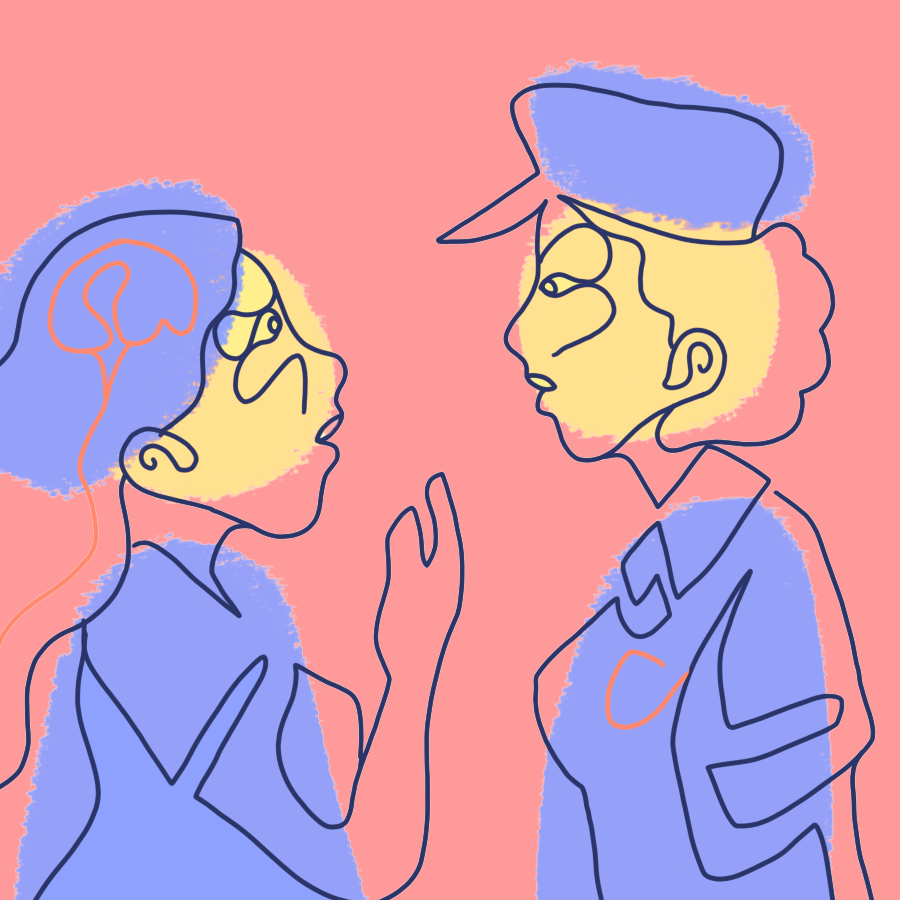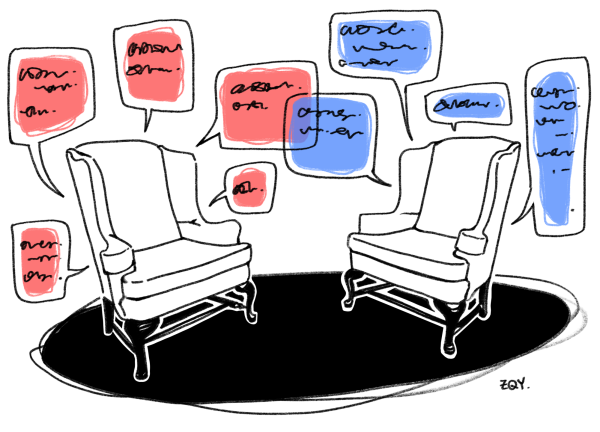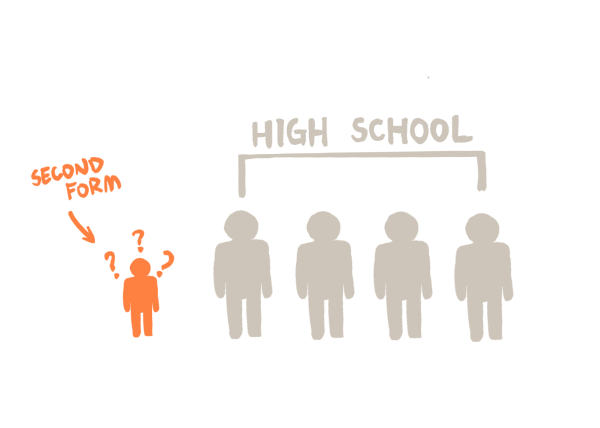Mental Illness Isn’t the Issue, Society Is
Linden Cameron was just thirteen years old when, following an autism-related mental breakdown, he was shot by police officers and left paralyzed for life. Despite the heinous nature of this incident, the over 1200 mental illness-related shootings since 2015 have shown that incidents like Cameron’s are anything but uncommon.
According to a study released by the Treatment Advocacy Center in 2018, over one-half of all incidents involving police using deadly force involve a mentally ill person. And because the government chooses to prioritize incarceration over substantive treatment, the mentally ill remain at odds with our criminal justice system, being ten times more likely to end up behind bars than in state-funded psychiatric treatment. Only in proper treatment would they actually have a chance of becoming better and facilitating societal reform. In order to ensure the mentally ill are treated constructively, for the benefit of themselves and society, it is imperative that we both replace police officers with mental health professionals for calls concerning mental health crises and ensure the mentally ill are treated in a healthy environment instead of being unjustifiably dumped in prison .
Within our society lie a number of deeply harmful misconceptions about the mentally ill, most often those who have been diagnosed with schizophrenia or bipolar disorder. Because it’s believed that they pose significant threats to a community’s safety, the perception exists that police officers are the only individuals equipped for the job of disarming those experiencing psychiatric emergencies. However, a survey by the Police Executive Research Forum found that new recruits received a mere 8 hours of crisis intervention training in contrast with the 60 hours spent learning to use a gun. It is therefore painfully obvious why police officers continue to respond with violence instead of prudence to mental health crises: not only do they lack proper education on mental illness, but they are poorly equipped to execute peaceful interventions.
In Eugene, Oregon, an emergency response model sends a two-person team, a medic and crisis worker, to respond to calls of mental health crises through a program called Crisis Assistance Helping Out On The Streets, or CAHOOTS. CAHOOTS successfully disarmed 24,000 individuals who made mental health calls in 2019 (only 150 of which ended up requiring police backup),saving the Eugene Police Department over $4.5 million and countless hours a year. Its effectiveness has demonstrated that adopting similar programs nationwide is not only possible but imperative.
However, the injustice doesn’t end at the crisis call. Sixty years ago, after inhumane state-run psychiatric hospitals were shut down, thousands of patients were emptied onto the streets. However, following this, the government did not invest in the proper resources to provide care for the mentally ill. As a result, a study published by Columbia University psychiatry professor Paul Appelbaum and a team of mental health experts revealed the number of crimes related largely to the predicament the mentally ill were left in (i.e. impoverished, unemployed) skyrocketed and prison populations tripled nationwide.
Even if you believe that prisons contain disproportionate numbers of mentally ill individuals because they are statistically more likely to commit crimes, dumping every mentally ill offender into prison does nothing to fix the major societal issues associated with mental illness. In a study of crimes committed by people with serious mental disorders conducted by the American Psychological Association, only 7.5 percent were directly related to symptoms of mental illness. Rather, the majority of crimes committed by mentally ill individuals are associated with other underlying societal issues, like poverty, unemployment, and substance abuse. Instead of relegating all authority over the mentally ill to prisons, which in reality do very little to treat mental illness, we need to reform the institutions subsidized by the government that are dedicated to the care and rehabilitation of the mentally ill.
In terms of cost, both CAHOOTS and prospective federally-subsidized treatment programs work to offset government costs in other sectors by reducing the number of mentally ill individuals who are incarcerated and hospitalized. Thus, these programs are not likely to exacerbate government debt, and will ultimately be more cost-effective than the status quo.
Stories like Linden Cameron’s serve as reminders that our law enforcement system is painfully flawed. Avoiding future tragedies like Cameron’s and those of many other similar individuals involve major society reform: replacing law enforcement with programs like CAHOOTS when it comes to dealing with mental health calls, and ensuring the mentally ill are treated in a constructive, healthy environment.
Editor-in-Chief






